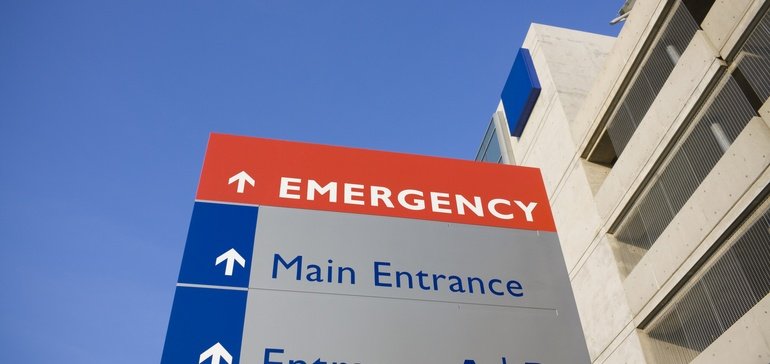
Dive Brief:
- A new report in Health Affairs seeks to measure the financial impact surprise medical bills had on adult patients with private health insurance between 2001 and 2016.
- Researchers found that ER doctors retained a larger share of what they initially charged, or what is considered the sticker price, when patients were unexpectedly out-of-network compared to those who were not. Put simply, those physicians retained a larger share of the pie from out-of-network patients.
- In fact, patients who likely had a surprise bill ended up paying ER physicians more than 10 times as much as those who did not, according to the report. Patients with likely surprise bills paid on average $ 151 in out-of-pocket payments compared with roughly $ 15 for those without.
Dive Insight:
Surprise medical bills are a frustrating problem in the U.S. healthcare system. A patient can do everything they’re supposed to and still end up with a whopping medical bill. The vexing issue attracted enough bipartisan attention, and Congress passed a surprise billing ban late last year, to take effect in 2022.
Surprise bills typically result from episodes in which a patient goes to an in-network facility but is unknowingly treated by an out-of-network physician.
One study showed that as many as one in five patients getting surgery were likely hit with a surprise medical bill. And an earlier report explained that 20% of hospital admissions from the ER likely resulted in a balance bill. Nearly 70% of air ambulance rides put patients at risk of a surprise bill.
But Adam Biener, an assistant professor of economics at Lafayette College, said not much was known about what patients paid after they received surprise bills, if they paid anything at all.
“When you want to understand the scope of the problem of balanced billing, it comes down to what is the financial burden placed on those consumers because they received the balanced bill? And that’s the question we’re really trying to answer here,” Biener said.
To answer that question, Biener and researchers analyzed nationally representative data from the Medical Expenditure Panel Survey over a 15-year span. The sample included 8,761 ER visits by adults with private insurance.
Yet, this dataset had limitations. It would not be able to tell them the network status of those encounters. But it provided the other piece of the puzzle: What did people actually end up paying?
“That’s the tradeoff; to get to observe what was paid, we have to give that up,” Biener said of knowing the network status, which is clear when using claims data.
So they had to figure out a way to see if it was possible to pinpoint likely episodes of surprise bills. It turns out that some payments in the dataset had unusual patterns, raising a flag to researchers that it likely resulted from a surprise bill. Researchers developed three criteria for flagging a likely surprise bill within their pool of data.
From there, researchers found that emergency physicians collected 65% of the total charged amount, or sticker price, for likely surprise bill encounters, compared with 52% for all others.
The incentives for ER doctors differ from other specialties. In general, doctors typically agree to pricing rates with an insurer in exchange for having access to a greater volume of patients in the insurer’s network. The idea is that coming in-network guarantees a physician volume. But the same market forces do not apply to ER doctors, who “will not see a reduction in their patient volume if they fail to negotiate contracts with insurers,” a report from Yale researchers explained.
This new study adds additional color to this practice: ER doctors stand to collect more in revenue if they stay outside an insurance network.
The research also calculated a payment-to-charge ratio, a figure intended to measure how much an ER physician collects compared to what they charged. In theory, a physician wants the entire sticker price, but that typically does not happen following negotiations with insurers. So, the higher the ratio, the closer that doctor was to collecting full sticker price.
As physicians’ total charges increased, the charge ratios declined.
There’s likely a simple explanation from the patient’s perspective, Biener said, “‘Oh, I got this extra bill from my doctor but it was just $ 50, $ 60, I’ll just pay it.'”
But that pattern tapers off the higher the bill gets, so the larger the bill the greater attention it attracts from the patient, and potential pushback.
